Review: Star Trek: Strange New Worlds Season 3 Episode 6 “The Sehlet Who Ate Its Tail”
Strange New Worlds delivers James T. Kirk’s first serious command situation, as the young first officer assumes responsibility of a broken ship as he and his future crewmembers race to save the Enterprise.
Meeting Death, the Destroyer of Worlds
“The Sehlet Who Ate Its Tail” begins not on Captain Pike’s ship, but First Officer James T. Kirk’s (Paul Wesley). The Farragut arrives at Helicon Gamma for a planetary survey, and Kirk is itching for some action – not a surprise for those who have seen The Original Series and know the character. However, Kirk gets much more than he bargains for when the planet below spectacularly explodes due to the arrival of a massive behemoth, a ship that quite convincingly evokes the image of a monster clawing its way toward its helpless prey. The Farragut is promptly ripped to shreds by the planetary explosion, injuring, among others, Captain V’Rel (Zoe Doyle), leaving Kirk in command as the monster ship disappears.
“She wants to do everything by the book. I just think the book would be more interesting if I got to write it.”
– Kirk about Captain V’Rel.
Coming to the aid of the helpless Farragut is Enterprise, and Spock (Ethan Peck), Uhura (Celia Rose Gooding), Montgomery Scott (Martin Quinn), La’an (Christina Chong), and Nurse Christine Chapel (Jess Bush) help the battered ship and crew. Communications both externally and internally are down, which means La’an must return to the Enterprise with a floppy disk of whatever information Farragut grabbed of the horrible destroyer of worlds. And that’s indeed how La’an and others think of this massive ship, as they’ve heard legends of such a force prowling the farthest reaches of traveled space.
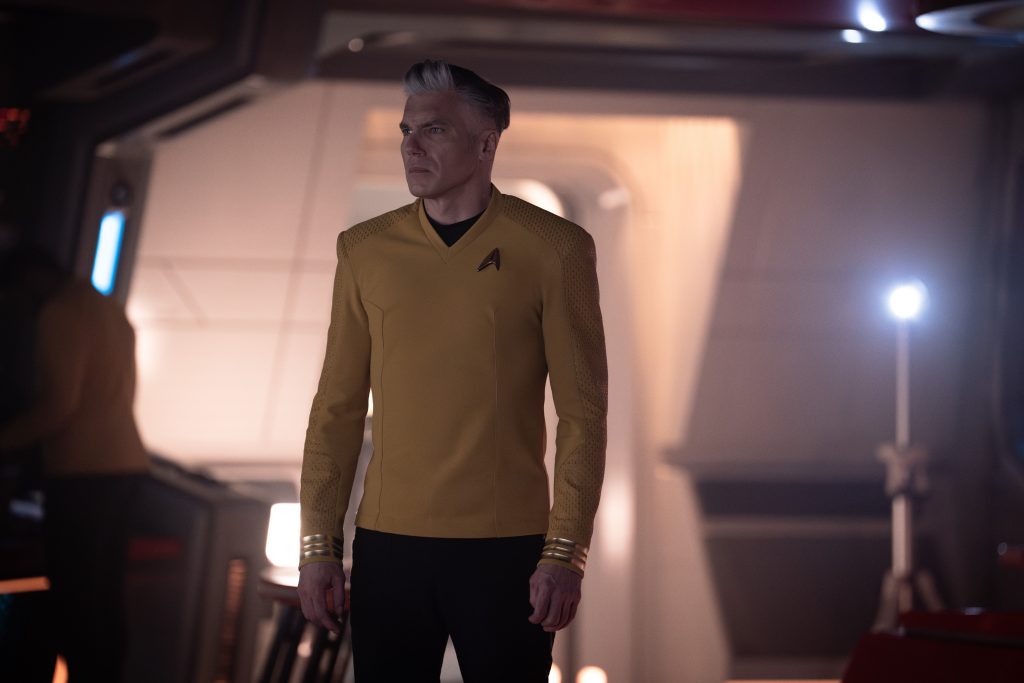
As if on cue, the destroyer arrives again, swallows the defenseless Enterprise, and warps away, leaving the Farragut, battered so badly it doesn’t even attract the ship’s attention, playing catch up to the low-moving annihilator as Kirk quickly realizes he is in over his head.
Make no mistake: Acting Captain James T. Kirk is not nearly the self-confident risk taker we know and love from The Original Series and its movies. While he initially presents the image of a man who knows how to take charge, issue orders, and look confident, Kirk is young and untested in the heat of a true emergency. While his moral compass is true, the way he follows it is still undeveloped. As Uhura puts it after seeing Kirk essentially freeze up when trying to determine the best course of action, she and the other members of the Enterprise crew must help the young acting captain determine his command style. The stakes are huge, as the scavenger ship, this destroyer of worlds, is heading toward the defenseless, pre-warp civilization on Sullivan’s Planet, and the only ship that can stop it is the Farragut.
Able to help most of all is Spock, who correctly realizes his detached, almost emotionless demeanor will be a good counteragent to Kirk’s agitation and rough-and-tumble style. The two men share a conversation in which Spock leverages his stoic personality and straight-to-the-point attitude to impart upon Kirk some age-old advice: he should trust his human intuition. For fans who grew up watching William Shatner and Leonard Nimoy portray these iconic characters, this scene holds special significance.
“Look, I know we got off to a rough start here, and there’s nothing I can say that can make up for that. Rousing speeches aren’t exactly my forte.”
– Kirk to Scotty, Chapel, and Uhura.
While Kirk and crew try to catch up with the monster ship, the Enterprise is disabled and tied up in the belly of this starfaring beast. Captain Christopher Pike (Anson Mount), First Officer Una Chin-Riley (Rebecca Romijn), and others are in a desperate situation, as the Enterprise’s power is being drained by the alien ship and their ship’s atmosphere is slowly being poisoned.
Pike, La’an and Ensign Red Shirt head to one of the umbilicals attached to the ship and try to remove it, but are attacked by boarders – big hulking humanoids in advanced environmental suits that shrug off phaser blasts. It’s only when Pike and La’an engage the two boarders in melee that one is defeated, and the other one, wounded, opts not to kill Pike and instead lumbers off elsewhere in the Enterprise. It’s an unexpected show of empathy for a defenseless enemy. Just who are these scavengers?
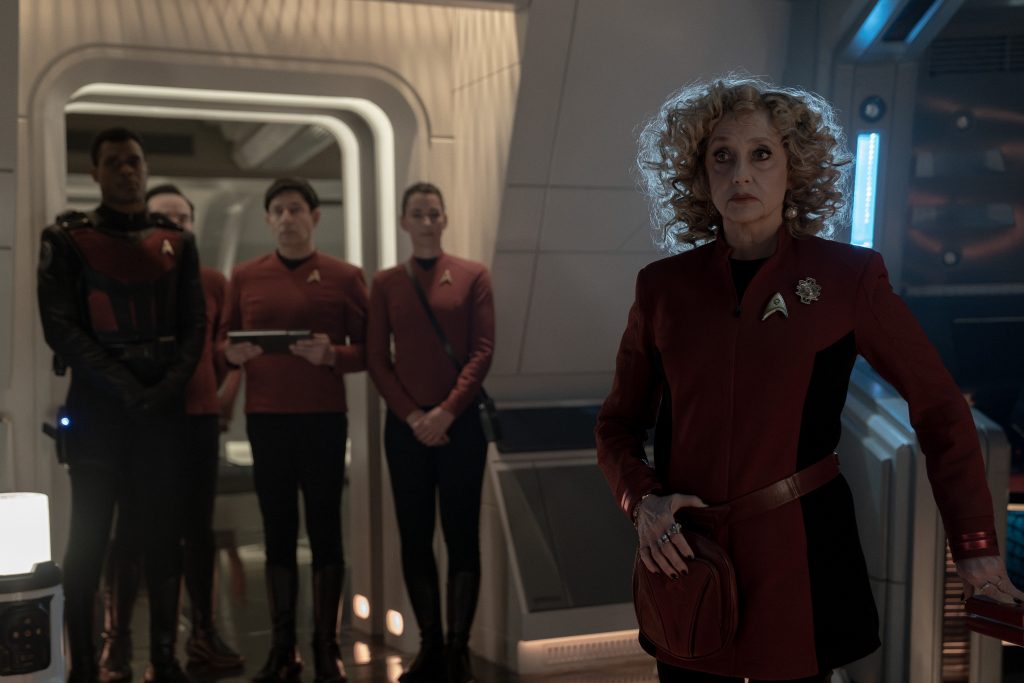
With internal communications down, Pelia (Carol Kane), who we haven’t had much fondness for this season, becomes useful – albeit in an implausible way. The long-lived collector of things has quarters that are packed with junk, except for a few items that ultimately allow the Enterprise crew to communicate with each other: corded phones. Yes, stashed away in a box in Pelia’s quarters are landlines that, when connected, allow different parts of the Enterprise to communicate with one another the old-fashioned way. This system allows Erica Ortegas (Melissa Navia) to order crewmembers to activate the Enterprise’s thrusters as needed, which allows the ship to escape the scavenger beast once the Farragut shows up to save the day.
Using a clever solution engineered by Kirk and the Enterprise team, the Farragut heads into battle with the scavenger ship, but only briefly, as the Farragut’s warp nacelles are – seemingly to the scavengers, at least – packed with a mineral that the scavenger ship uses for fuel, which attracts the scavenger’s tendrils so that it strikes itself, shutting down its own systems and freeing the Enterprise. One last attack is needed to defeat the looming monster, and Spock fires a volley of torpedoes into the wreck of a Klingon ship, which explodes and destroys the scavenger vessel, thus ending the threat to the Enterprise, the Farragut, and Sullivan’s Planet. But it’s not quite a day for celebration.
Aboard that scavenger ship were 7,000 human souls, the descendants of a group of idealistic humans who left Earth in the time after World War III and before First Contact. These people thought their race’s future was in the stars; they were the best and brightest of what the fractured planet had to offer. But, their mission never succeeded, and they turned over the next 200 years into a group of pirates that prowled the space lanes in a badass-looking ship, devoid of their original mission. It’s a somber and sobering realization, for sure, and Kirk has trouble grappling with the idea that humans have been causing this trouble for so long, and that he was the one who snuffed out their lives. Talk about trial by fire.
Pike and Kirk share a conversation at the end of the episode, where Pike commends Kirk for his actions in dealing with the scavenger ship. More importantly, the captain and acting captain share a conversation about feeling empathy for one’s enemy, and how we often aren’t so different from those we are against. It’s a great lesson and fits perfectly within Star Trek’s ethos.
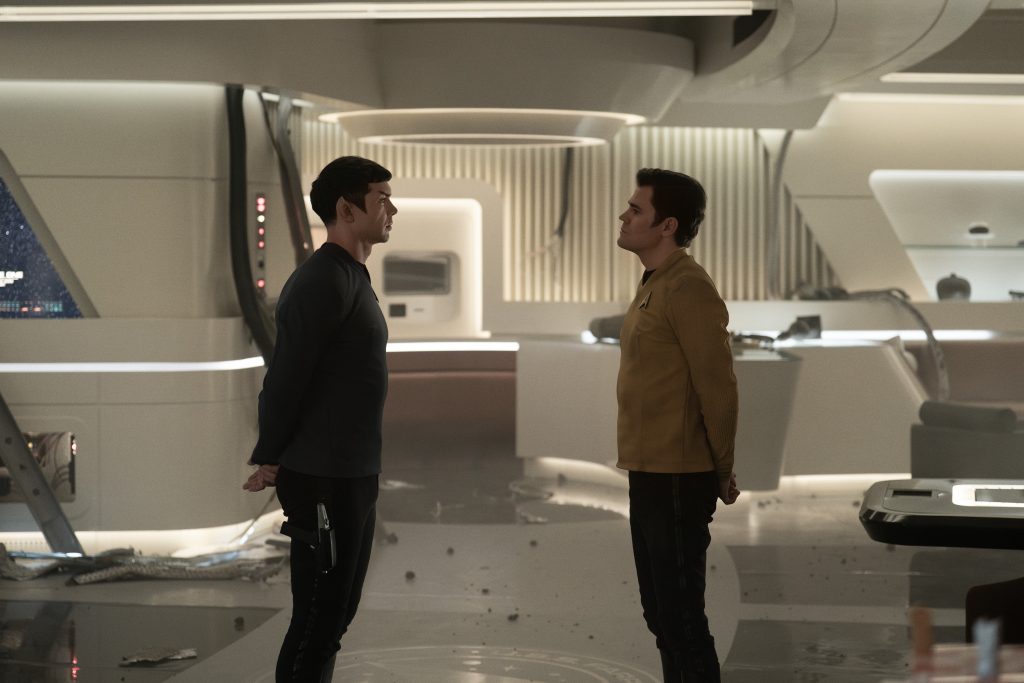
The Makings of Legends
It’s almost impossible not to view “The Sehlet Who Ate Its Tail” as a de facto backdoor pilot – a meticulously crafted testbed for a show centered on James Kirk’s earliest days at the helm of the Enterprise. This episode’s narrative is rich with all the essential elements of a classic Original Series adventure, with one key difference: a few crucial characters are still missing from their iconic positions. Yet, the seeds are planted with a tantalizing glimpse of the future. We know that Scotty, Chapel, Spock, and Uhura will all eventually serve alongside Kirk on the Enterprise. Thinking of this episode now, and seeing these legendary figures grapple with a serious, life-or-death situation for the first time, provides a fascinating new layer to their long-established on-screen relationship. It’s a treat seeing the initial, often-unsteady steps that will eventually forge the unbreakable bonds of the Enterprise crew we know and love.
This episode, ultimately, is an important one for the franchise, especially if you care about the canon Star Trek has (mostly) maintained over 60 years. In this episode, James T. Kirk gets his mettle tested, and he initially fails the test before overcoming his hesitation and beating the odds. But, we always knew Kirk’s strength came from his crew, and that is indeed the case here. Particularly, Spock, the man whom Kirk will go on to form a brotherly love, is the one who gives Kirk the confidence to follow his instinct, his brains, and, yes, his emotions. It’s an origin story through and through.
As with any crew, it takes time to develop personal and professional relationships, and, to our surprise, here we see Kirk and Scotty lock horns on more than one occasion. Kirk asks much of the engineer, who, remember, is also young and somewhat anxious in emergencies, and Scotty isn’t afraid to tell Kirk that what he asks for may be implausible – such as when Kirk wants to risk high-warp travel on the badly damaged Farragut. Having a bit of conflict between these characters is welcome, as we can’t expect these legacy players to immediately get along as well as they do in The Original Series.
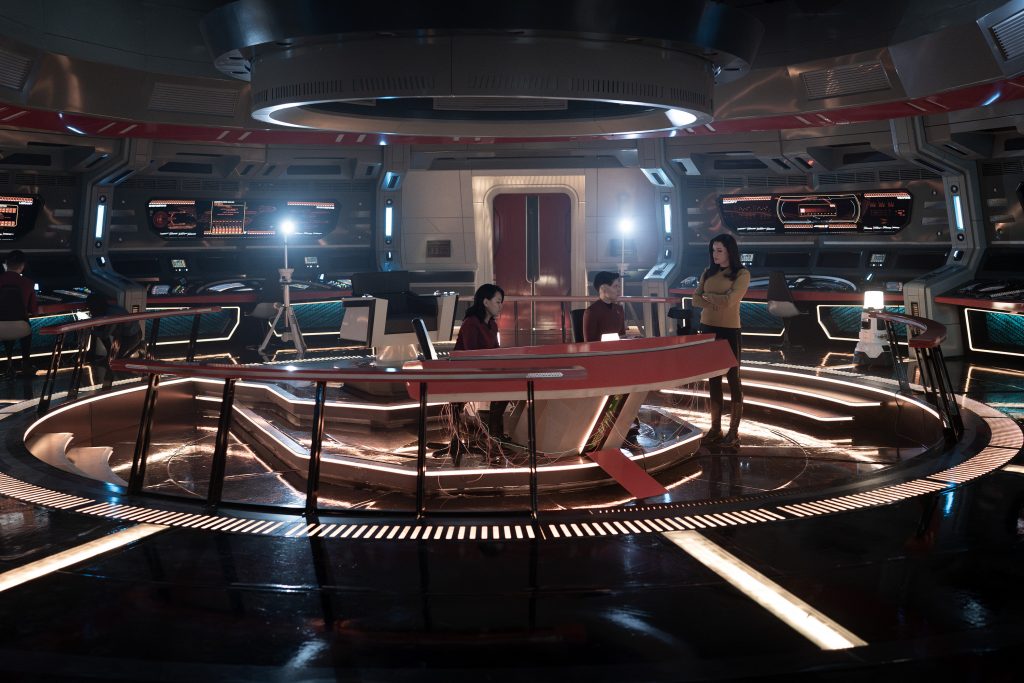
The Art of Dread
We were mighty impressed with Strange New Worlds’ production values in this episode, having not been impressed with last week’s weaker entry. Much attention and money was spent bringing the battered Farragut, destroyed planet, the destroyer ship, and the Enterprise’s escape from said ship to life. We would love to get a better look at the scavenger vessel, especially, since its design is just so creepy and well-suited toward its reputation as a ghostly hunter stalking prey across the galaxy. It was about time we saw a bombastic visual treat of an episode, and “The Sehlet Who Ate Its Tail” delivered.
The villains in this episode provided a particularly fascinating and sobering twist. While the masked scavengers were initially set up as a mysterious alien threat – Pike even speculates they are from a “dark corner of the cosmos that will never make sense” – the reveal is far more unsettling. The scavengers are human, a brutal reflection of our species when untethered from the ideals of an utopian organization like the Federation. It’s a dark but powerful look at humanity’s more primitive nature, especially since Star Trek so often presents the people of the future as optimistic paragons of virtue.
These 21st-century humans, lost among the stars, didn’t know what to do with their freedom, much like the sehlet who blindly ate its own tail, the dog who caught the car, or Kirk when he finally caught a command opportunity. It’s a somber story, but one with a bit of hope, as we know one of the humans who boarded the Enterprise spared Pike’s life out of, presumably, a sense of empathy. Even in the depths of space and manning a lawless pirate vessel, there was a bit of humanity left in the monsters.
Stray Thoughts:
- There are some parallels between Kirk’s story in this episode and his father’s in Star Trek (2009). Here, James Kirk assumes responsibility for his ship after a surprise attack that leaves his captain out of action. In J.J. Abrams’ movie, Kirk’s father, George, assumes responsibility of his ship after a surprise attack by the Narada, an attack that also, ultimately, leaves George Kirk’s captain out of action.
- Kirk in this episode talks a lot about risk being one of the joys of exploring space; if you are looking for a singular example of that aspect of Kirk’s personality, check out his famous “risk is our business” speech from “Return to Tomorrow.”
- How cool is the brief shot of the Enterprise arriving at Farragut’s aid and not only phasering planetary debris, but blocking some with the ship itself? It really sells the notion that Pike’s ship is one of the heavier hitters in the fleet, which makes the scavengers’ ability to capture it all the more daunting.
- Scotty makes a passing reference to the Scottish inventor John Logie Baird, the man who, on January 26, 1926, first demonstrated a working television set.
- When Spock visits Kirk in the conference room, Kirk is interacting with a three-dimensional chess set, which he had been playing with Captain V’Rel. The first time we see Kirk and Spock in the The Original Series, they are playing three-dimensional chess.
- Despite his assertion to the contrary, Kirk would not have been standing on the surface of Helicon Gamma if Captain V’Rel had listened to him and sent an away team. That planet started exploding basically as he was making his case to send boots on the ground.
- This is a neat deepcut: the human ship Kirk and crew see on screen in the aftermath of the scavenger ship explosion bears the registry number XCV-100. That registry prefix was used for early Earth ships, including the Enterprise XCV-330, as seen in Star Trek: The Motion Picture.
- The novel Star Trek: Best Destiny tells the non-canonical story of how James Kirk was molded into the standup captain he ultimately becomes. It’s a good read.
New episodes stream Thursdays on Paramount+.
Stay tuned to TrekNews.net for all the latest news on Star Trek: Strange New Worlds, Star Trek: Starfleet Academy, Star Trek: Section 31, Star Trek: Lower Decks, Star Trek: Picard, Star Trek: Discovery, Star Trek: Prodigy, and more.

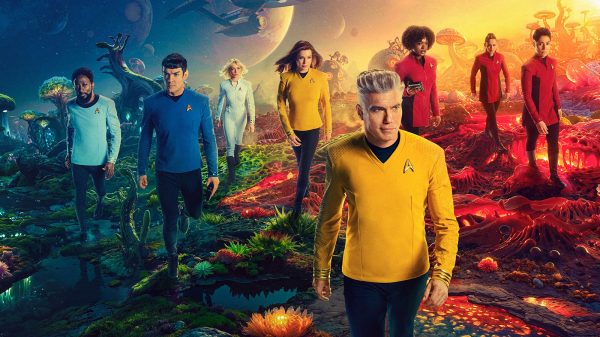
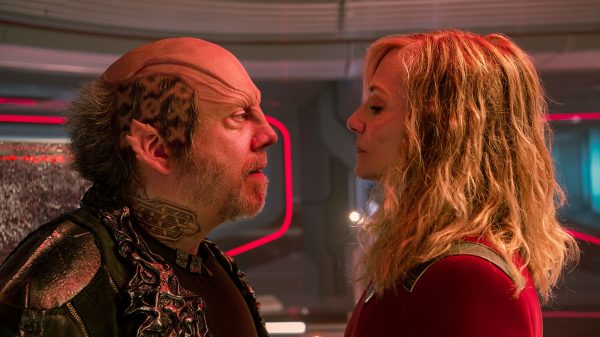
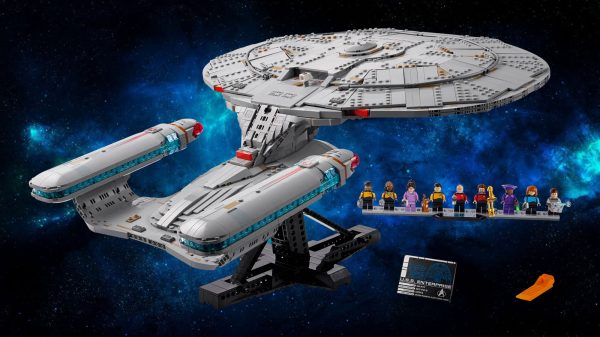

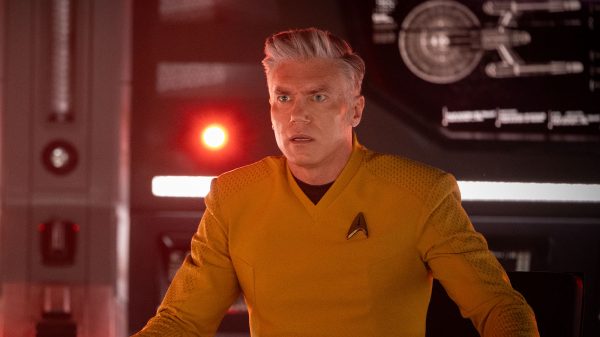
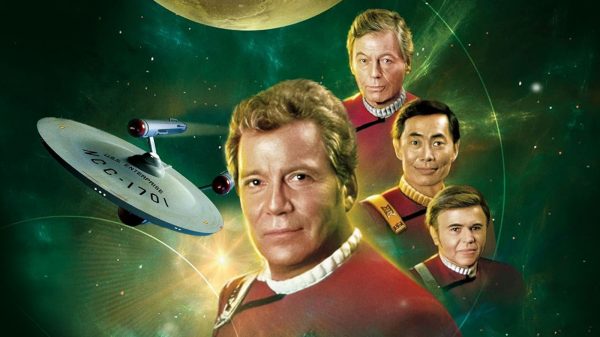
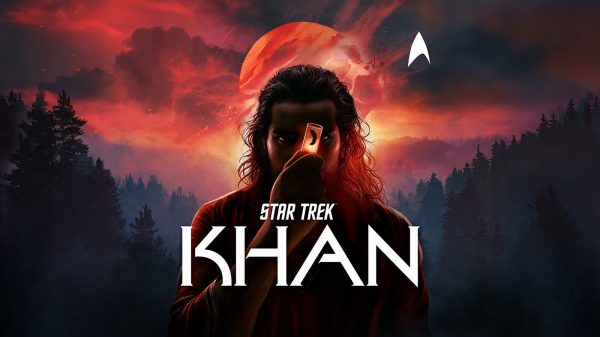

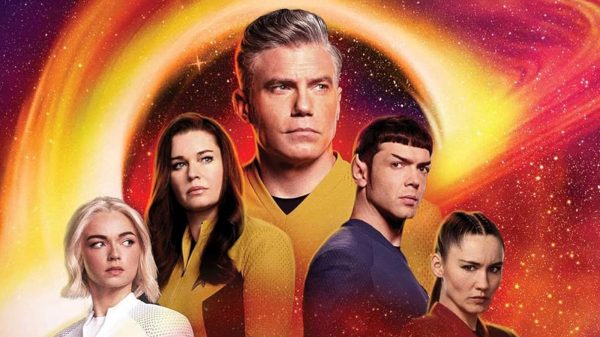
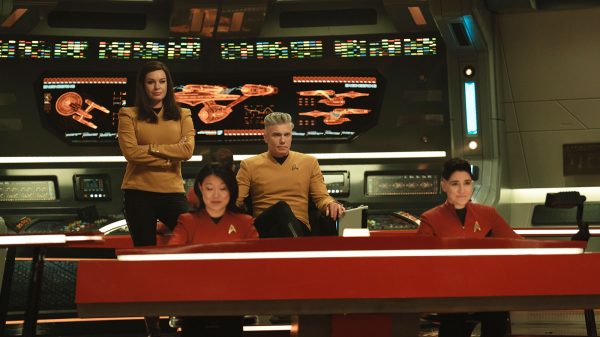

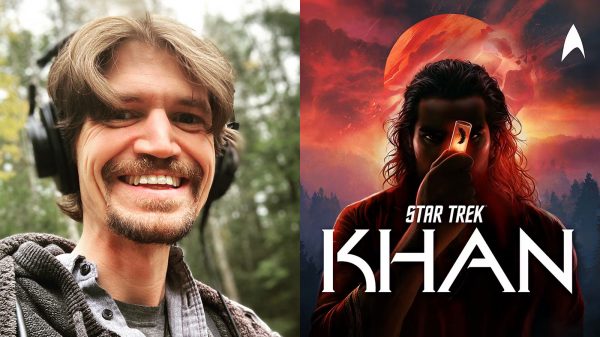
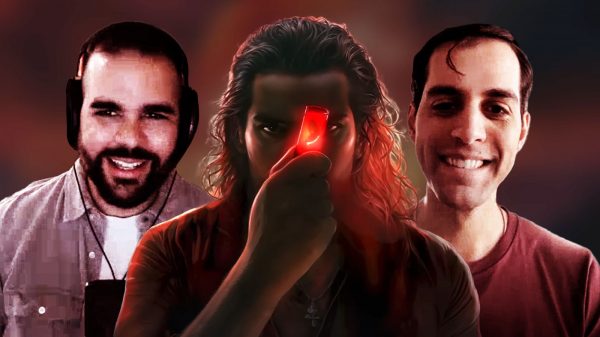
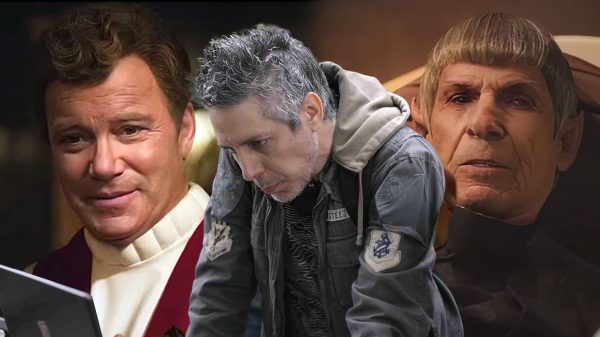

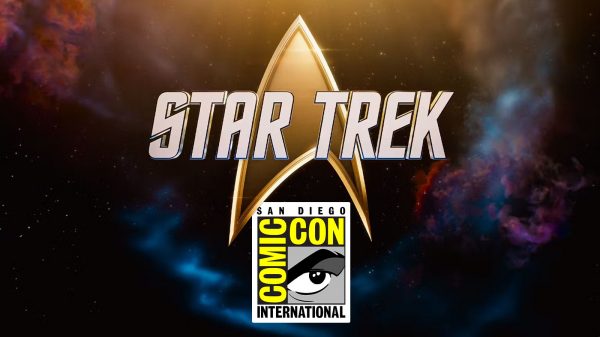

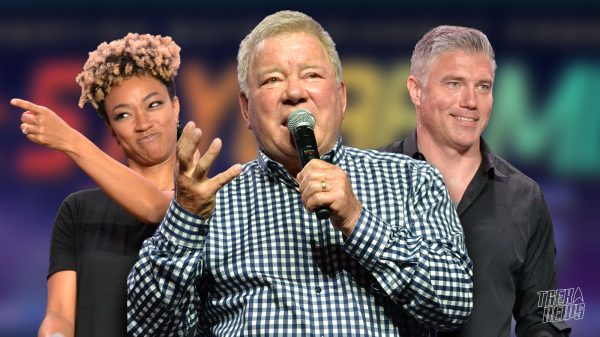
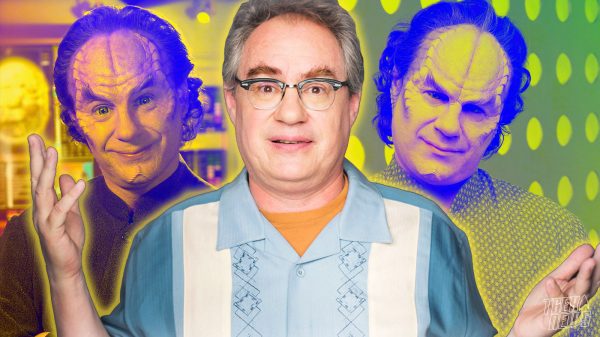
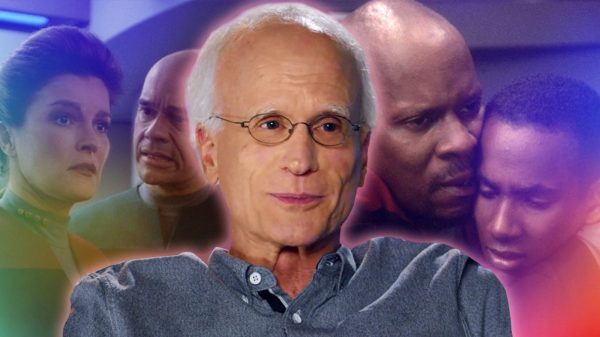



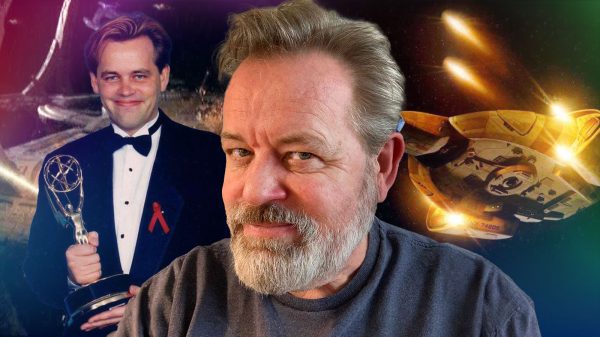
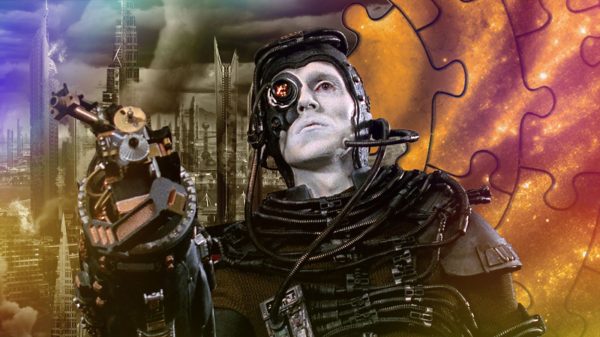

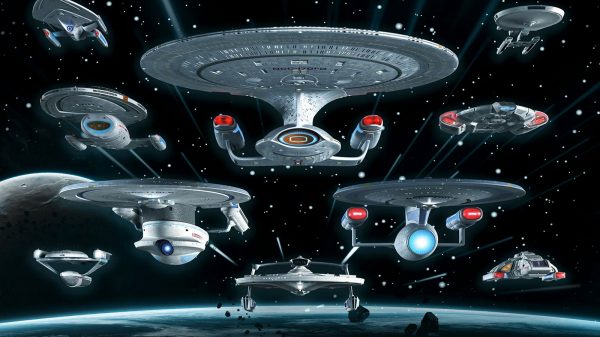
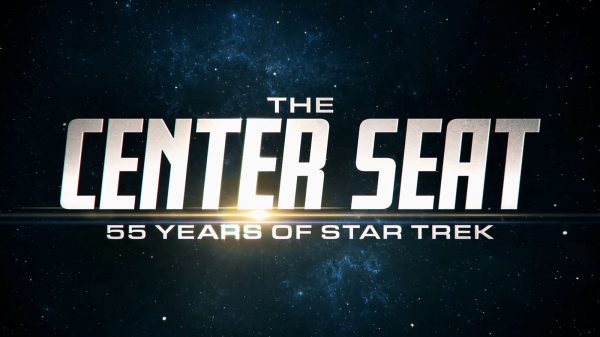
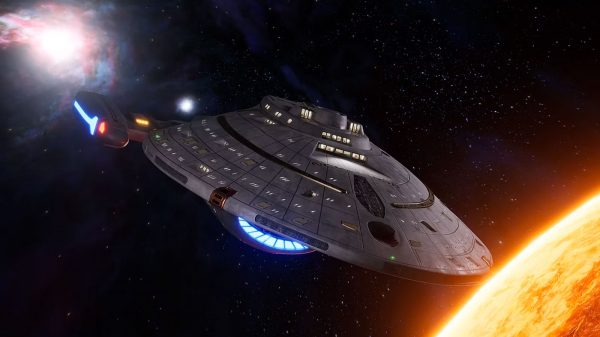
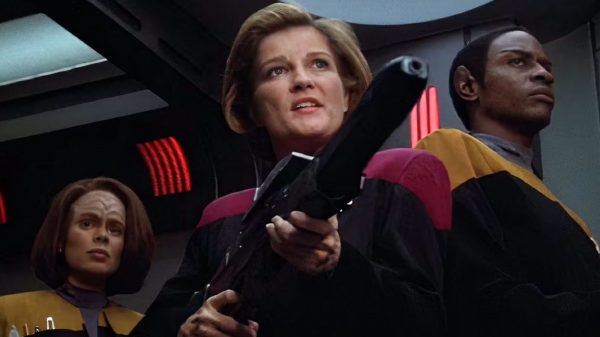
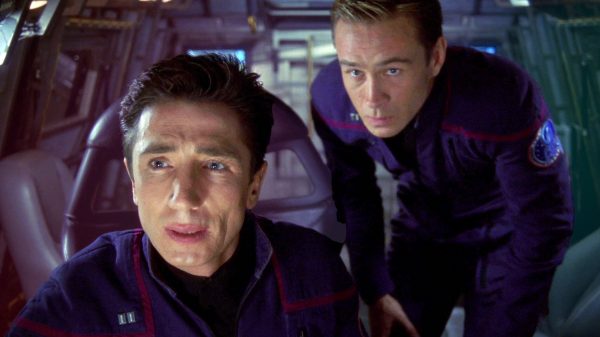

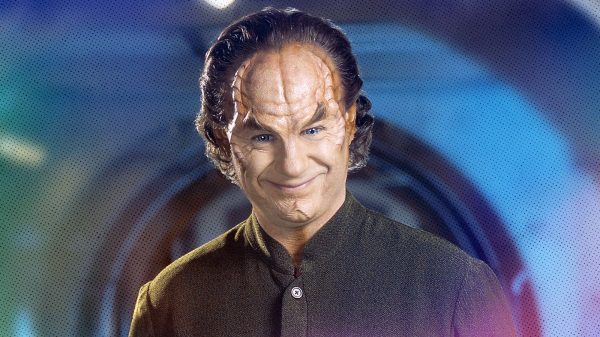



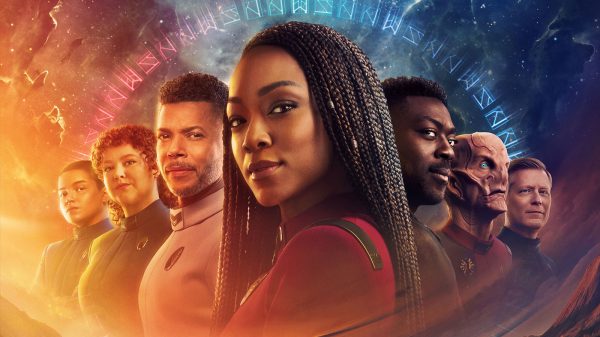
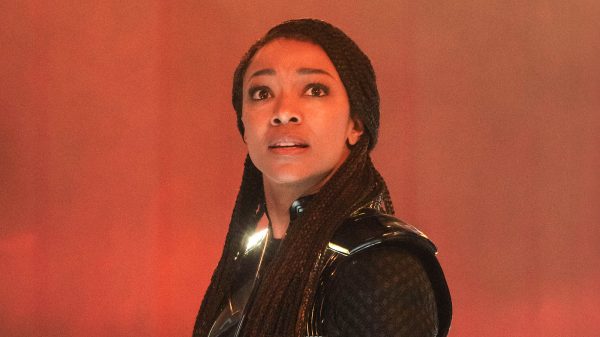

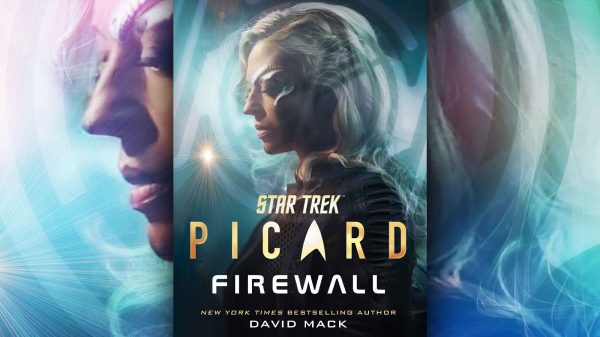
![2023: A banner year for Star Trek — here’s why [Op-Ed]](https://treknews.net/wp-content/uploads/2024/01/star-trek-2023-year-in-review-600x337.jpg)




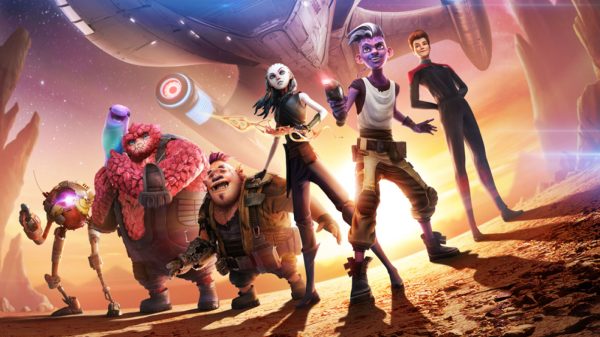



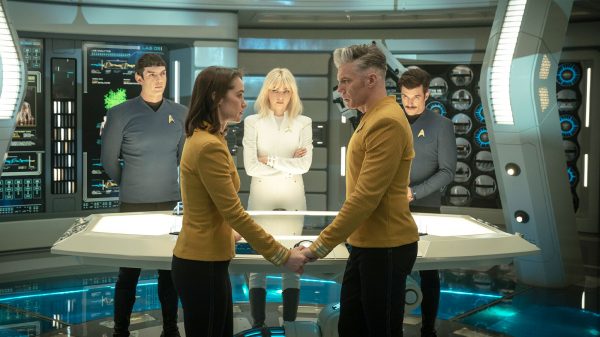
![Star Trek: Starfleet Academy - Why I'm Ready to Enroll [Op-Ed]](https://treknews.net/wp-content/uploads/2025/08/star-trek-starfleet-academy-why-im-ready-to-enroll-op-ed-600x337.jpg)
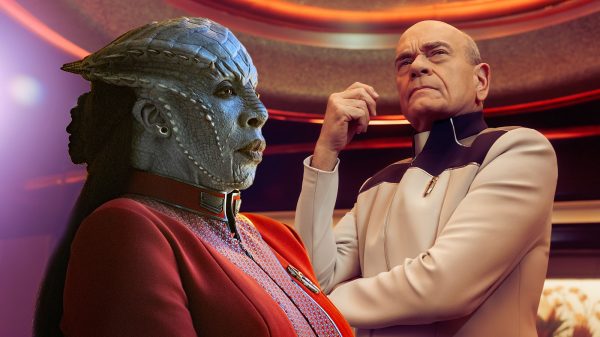
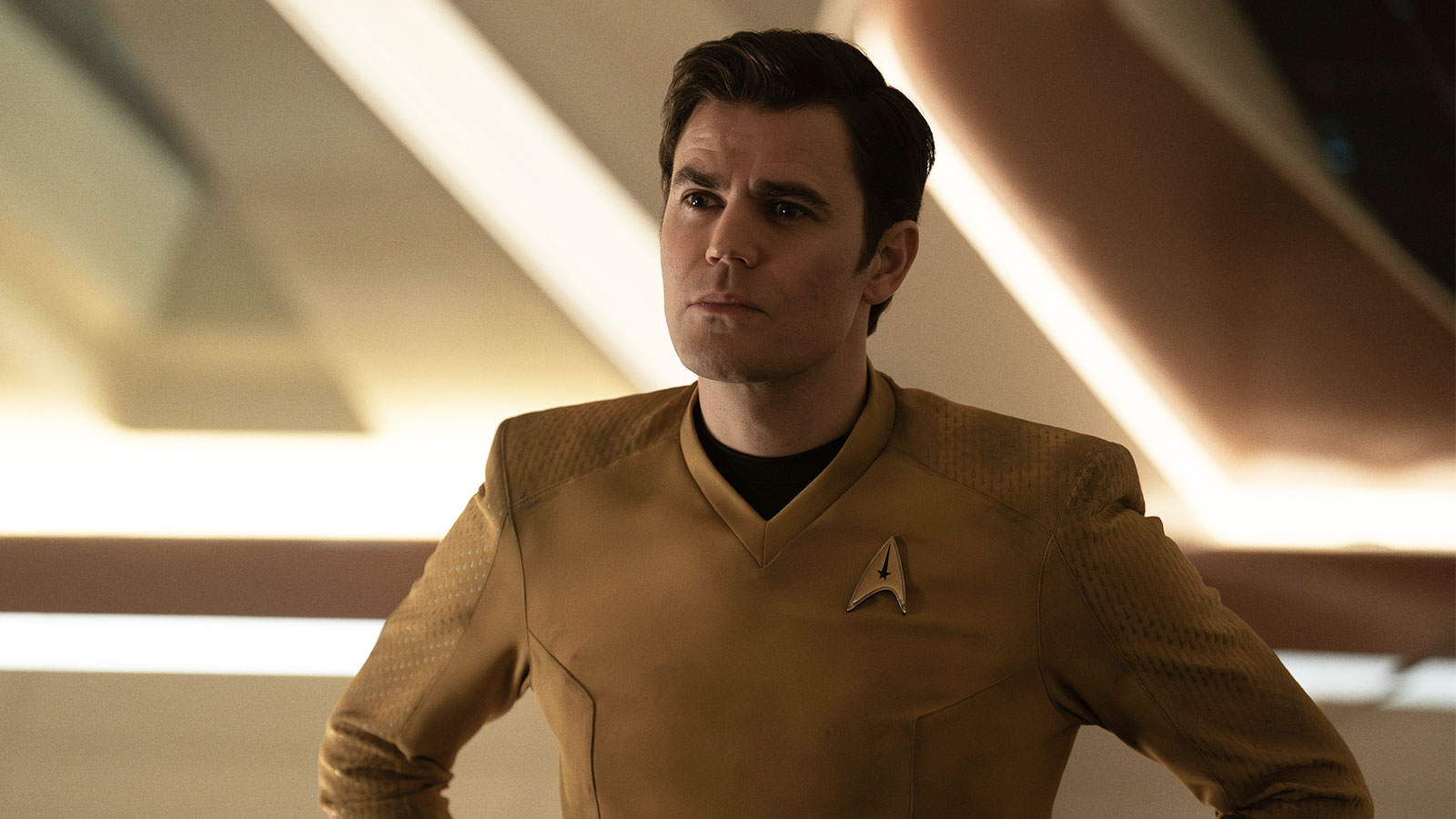
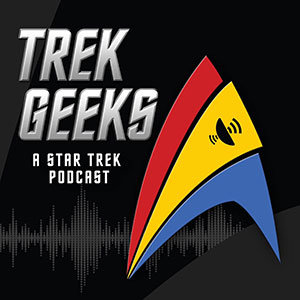

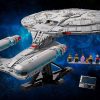

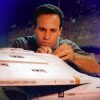
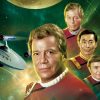
GMAN
August 14, 2025 at 10:21 pm
So this was a redo of The Doomsday Machine with something that eats planets and takes energy from ships. How about an original plot??? Kirk moping around cause he has no ideas? Seriously? Phones? Where was Patel? No more PTSD from Ortegas, all smiles this week under pressure. So phasers don’t kill this thing but FOUR PHOTON TORPEDOEDS and BOOM!! Just like when Kirk blew up the Constellation in the TOS epsiode. Man the faster Ellison gets rid of these people and get those who can write original stories with good charachter development the better. Hey Kurtzman – see ANDOR if you need a reference for this.